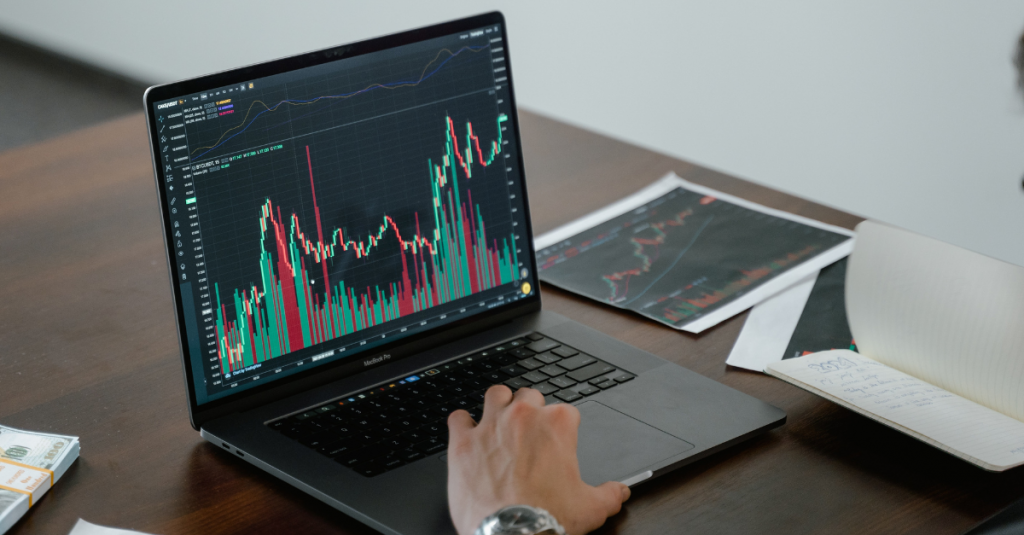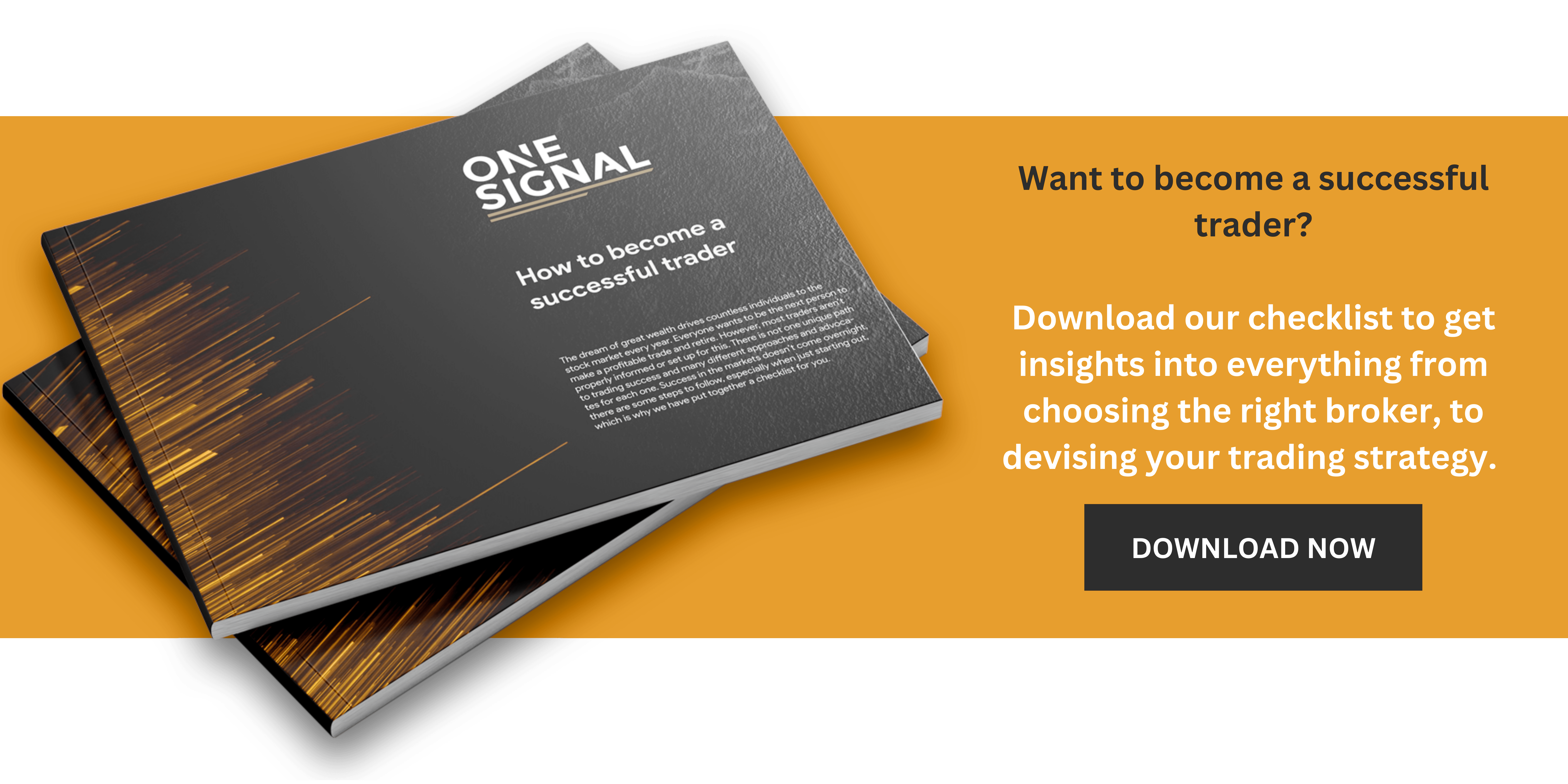What are trading signals?
Trading signals are actionable recommendations for buying or selling financial instruments, generated by data analysis and market conditions. These signals help traders make informed decisions in real-time, based on technical indicators, trends, or algorithmic calculations. Trading signals essentially address the most difficult task traders face: identifying and timing the right trading opportunities. The objective of trading signals is to provide traders and investors with a methodical, emotion-free way to trade.
They however don’t only serve as a tool to make buy or sell decisions, but can also be used to change a portfolio in addition to simple buy and sell triggers by calculating when it might be a good moment to increase or decrease investments in specific sectors, for example. For other asset classes, such as fixed income, traders might receive indications to change the duration of their portfolios by selling one maturity and purchasing another. Finally, trade signals can assist with asset class allocation, including dividing up funds among different instruments. To truly grasp trading signals, it helps to see how our signals perform with real-world data.
When starting to trade, you will come across several tools at your disposal which could be very helpful for you in advancing your trading approach and increasing your profits. One of these tools is trading signals, which no active trader can afford to ignore given their potential to improve trading results. In this article, we explore what trading signals are, how they’re generated, and how you can leverage them in your own trading activity.
Key Features of Trading Signals:
The key features of trading signals include:
- Data-driven insights: Trading signals are based on historical data, technical analysis, and market trends, offering objective insights for decision-making.
- Customisable alerts: Traders can tailor signals to their strategies by setting specific parameters like asset type, price thresholds, and timeframes.
- Real-time notifications:Get instant alerts when market conditions match predefined criteria, allowing for timely execution of trades.
- Automated trading options: Some platforms allow users to automate trades based on signal triggers, minimizing manual intervention.
- Diversification of signals: Signals are available across various asset classes, including stocks, forex, cryptocurrencies, and commodities.
How are trading signals generated?
There are two ways trading signals are generated: manually and automatically.
Manual trade signals are generated by experienced analysts or traders who employ technical indicators coupled with the fundamental study of markets to discover profitable trade recommendations. This involves looking at earlier data on the price and past trends. In the case of forex, for example, analysts issuing manual signals also research recent news events, sometimes referred to as fundamental indicators, that may have an impact on price behaviour in a currency pair.
Automated trade signals, on the other hand, are generated by algorithms using a variety of inputs from several different analyses. Some are based on technical, fundamental or sentiment analysis, sometimes in conjunction with other market aspects such as economic indicators or past market movements. They use several complex mathematical formulas to find patterns and send out signals.
How do trade signals work?
In the late 2000s, automated trade signals gained popularity and new, less experienced traders were drawn to them, however, both manual and automatic approaches have their advantages and disadvantages. For example, automatic signal trading has the advantage of enforcing emotionless trading, while also accelerating execution. The drawback is that by placing your trust in a product or automated procedure, you essentially eliminate – or at least greatly reduce – your ability to make trade decisions. Additionally, without proper monitoring and maintenance, the technology used to automate the trade signals and subsequent trade executions may be exposed to vulnerabilities and threats that may jeopardise your trades.
Manual trading signals, on the other hand, are for individuals with more advanced-level trading experience. The reason is that it puts the final decision in the hands of the trader, with the human intelligence factor still playing a key role. With manual trading, you do forgo speed, and possibly even efficiency, in exchange for increased control.
The table below outlines the main differences between both approaches.
| Manually-executed trading signals | Automated copy trading signals | |
| Execution | Trading signals are sent to the subscribing trader for them to execute it on their accounts. | Trades are automatically copied into the subscriber’s account. |
| Delivery | Trading signals are delivered via different channels, such as email, WhatsApp, telegram etc. The trader can then decide whether to follow the signal and then needs to execute it themself. | Trading signals are integrated within a trading platform with automatic trade execution. |
| Timing | There may be a delay in execution. | Usually, there’s no delay in execution. |
How does ONE-SIGNAL generate trading signals?
ONE-SIGNAL was developed 15 years ago following extensive analysis of historical speculative bubbles in the financial markets and the analysis of human behaviour, both individually and en masse. The ONE-SIGNAL algorithm is based on the belief that sentiment indicators are the best metric to systematically and objectively analyse stock market behaviour and to predict price movements in every phase of the market. ONE-SIGNAL, therefore, does not use:
- Fundamental analysis, so as to avoid valuation inaccuracies, and
- Technical analysis, so as to avoid self-fulfilling prophecies or common indicators to avoid “trend following”
Various sentiment indicators are analysed and translated into one simple trading signal. The frequency and cyclical recurrence of an event in the past determines its probability of occurrence. This is factored into the algorithm’s calculation. An overarching system weighs the signals according to their historical accuracy, and then compares historical trends. It also calculates the statistical significance of the sub-systems to determine the right signal for the respective trading day. Each signal is valid for one trading day. However, signals may not change in subsequent days, in which case a position can be held as is.
How to use ONE-SIGNAL trading signals
Some trading signals are valid for several days or weeks, whereas others are only valid for each day or even for a few minutes. The validity of signals depends on the employed strategy. Our signals are valid for one trading day, from the NYSE opening bell to the NYSE closing bell and use the S&P 500 as a reference index. Our subscribers execute the trading signals on their accounts, using the instruments and leverage of their choice. Alternatively, for time-constrained or inexperienced individuals, ONE-SIGNAL also offers execution services.
Choosing a trading signals provider can make or break your trading strategy. ONE-SIGNAL, therefore, provides a trading tool for consistent trading signals and effortless trading returns.
Summary
Trading signals are very useful tools for traders to leverage in their trading strategies, and can help them make informed buying and selling decisions in line with technical, fundamental or sentiment considerations. For more experienced traders, manually-generated trade signals can guide their trading decisions, allowing them to still maintain full control over their trading executions.
For less experienced traders, or traders with limited time in which to contemplate and execute trades, automatically-generated trading signals that also automatically make trade executions accordingly, are a very useful, speedy and effective way to ensure the best trade executions are made without the need for human intervention.
By leveraging platforms like ONE-SIGNAL, traders can be sure of the accuracy and relevance of the trade signals they receive, and be confident in the trade executions the platform performs on their behalf, in line with the trading signals it’s generated. This makes for fast, effective buying and selling decisions that let traders effortlessly generate alpha in their portfolios.
Check out our offering to find out what makes ONE-SIGNAL different and to sign up for premium access, or get in touch with us to learn more about ONE-SIGNAL’s platform.

